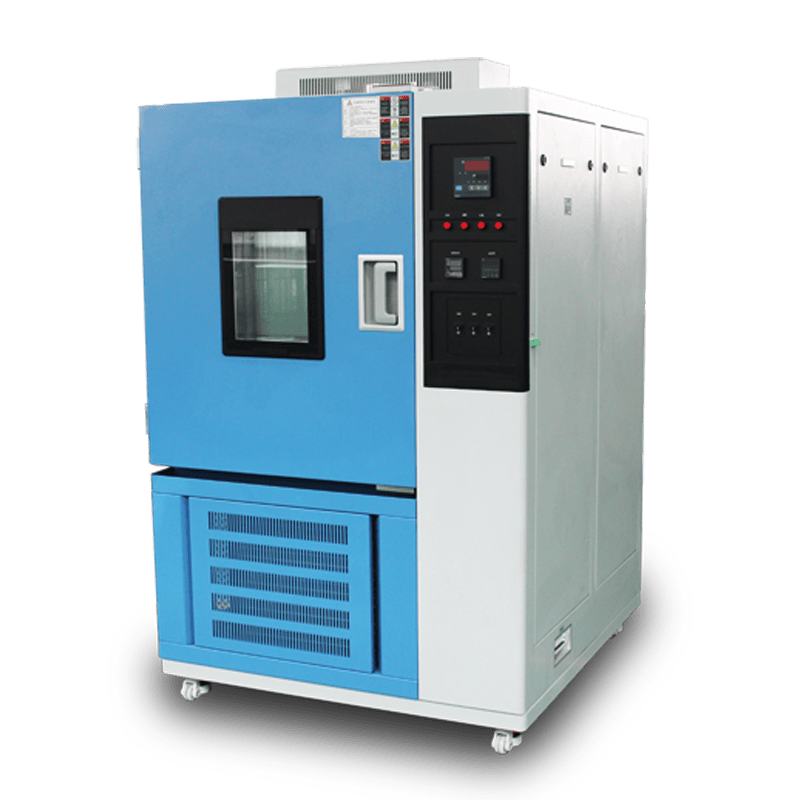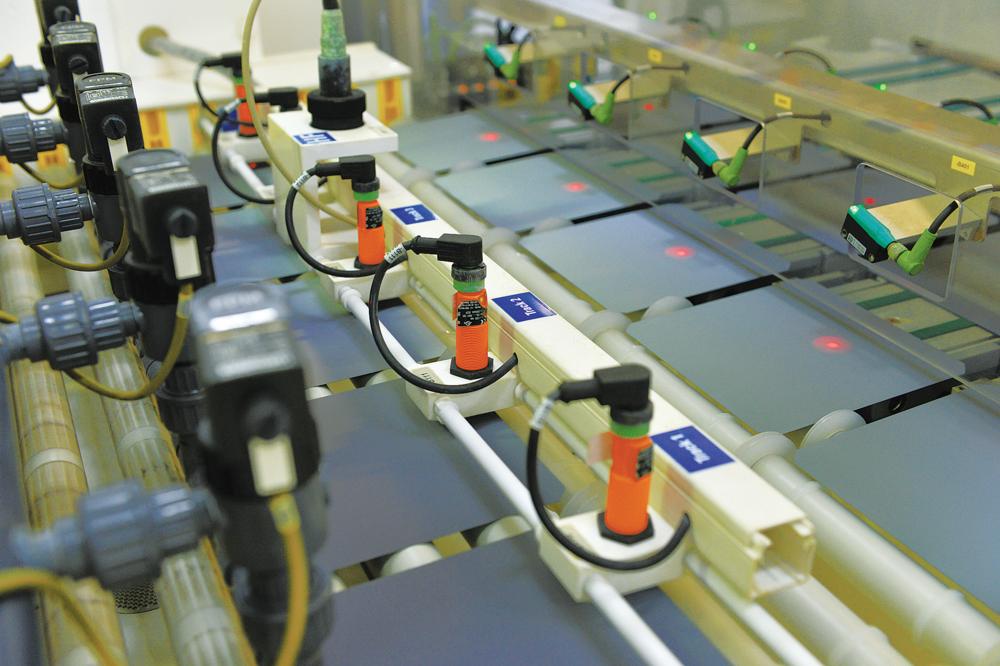The ultimate endurance of tech products is of great importance to users. When it comes to understanding the true capabilities of devices like computers and tablets, high and low-temperature chambers can play a crucial role. These chambers can simulate extreme temperature conditions, including both high-heat and low-cold environments, to assess the performance and reliability of devices under such extreme circumstances.
High and low-temperature chambers control the temperature to simulate a variety of environmental conditions, ranging from freezing winters to scorching summers. Under high-temperature conditions, devices may face issues such as overheating, circuit failures, or component damage. In low-temperature environments, devices might experience shortened battery life, slow screen responsiveness, or chip failure.

By using high and low-temperature chambers, tech product manufacturers can conduct comprehensive performance tests of their products under different temperature conditions. This helps identify potential problems and make improvements to ensure stable operation of the products in various environments. Moreover, such testing can also verify the reliability of the products, assisting manufacturers in evaluating their lifespan and providing corresponding guarantees or warranty services.
High and low-temperature chambers play a key role in revealing the true strength of tech products. By simulating extreme temperature conditions and testing the performance and reliability of devices, manufacturers can identify and resolve potential issues, ensuring that products can function properly in all environments and provide a reliable user experience. This kind of testing also helps validate the durability and lifespan of products, giving consumers the assurance and confidence they need. Therefore, high and low-temperature chambers are an essential tool for assessing the ultimate endurance of tech products, holding great significance for both manufacturers and users.














